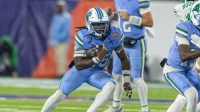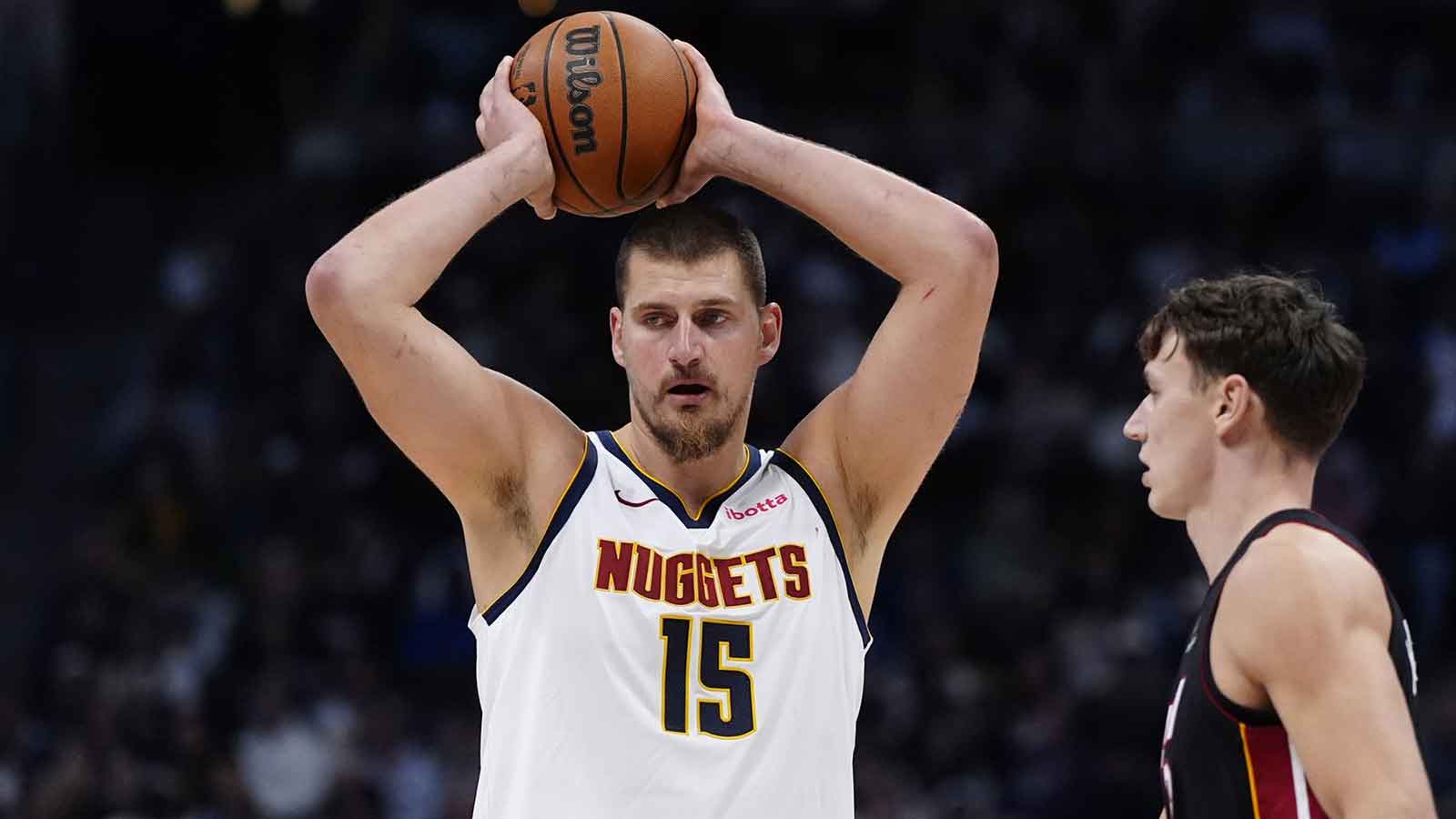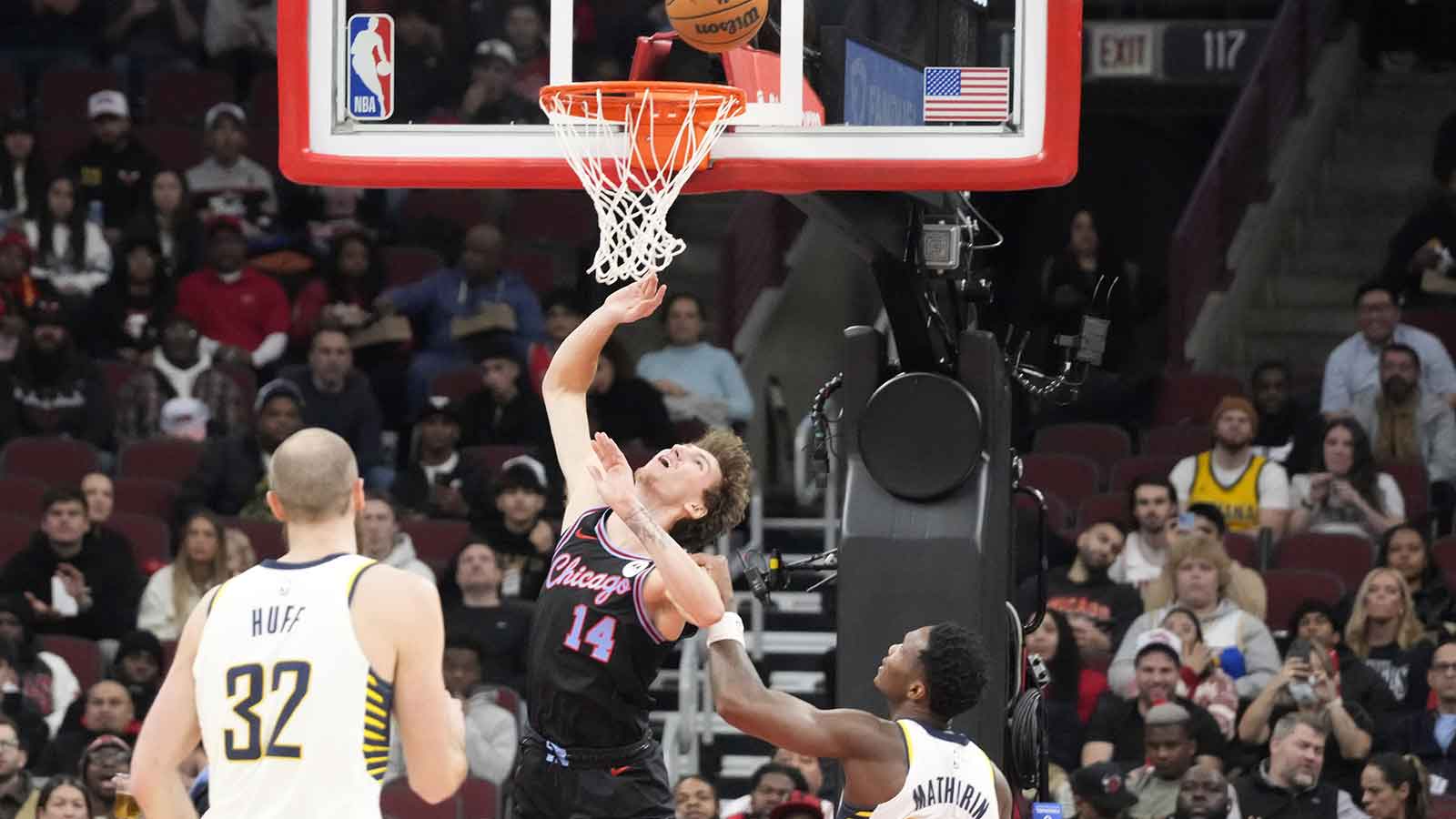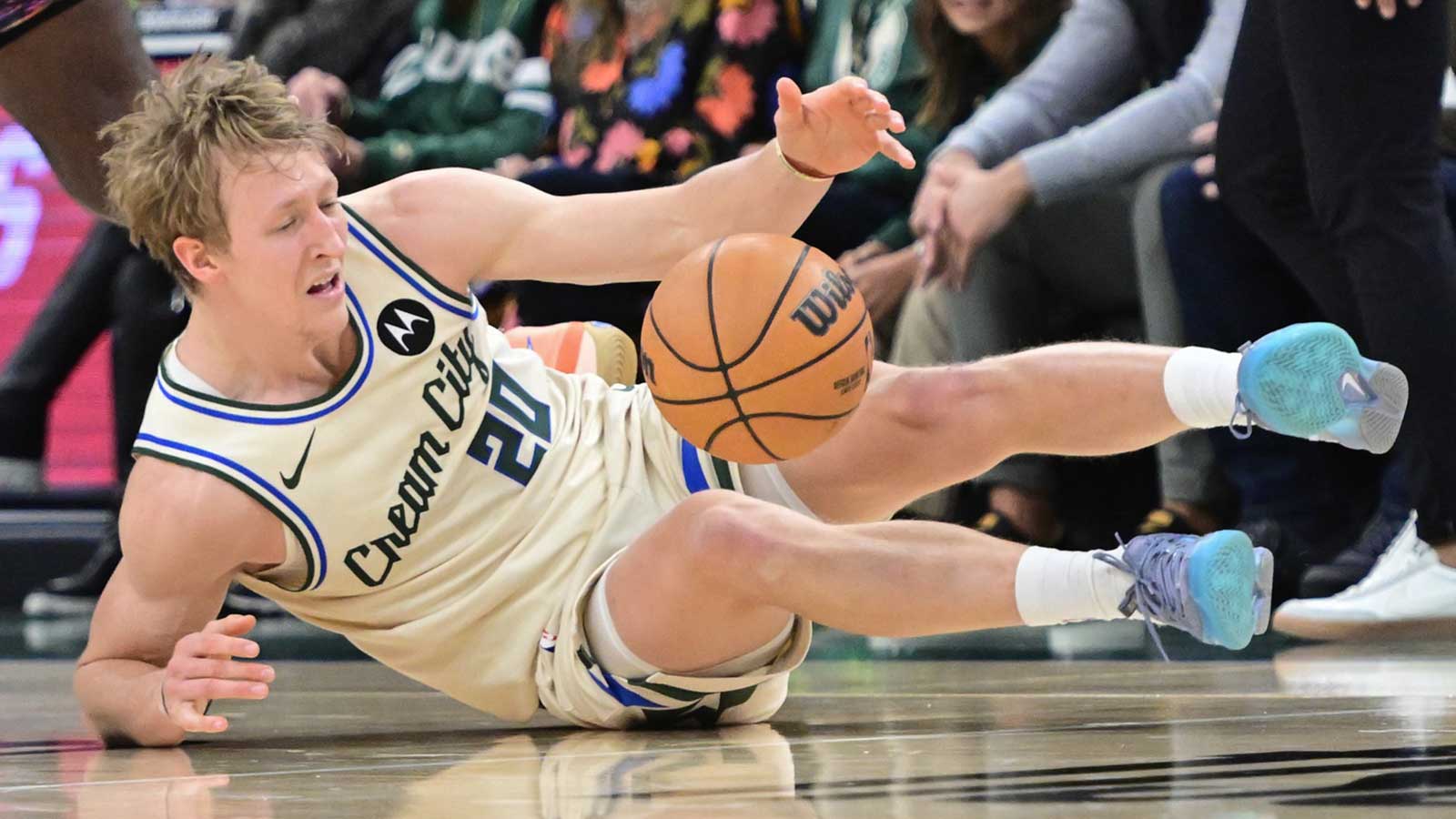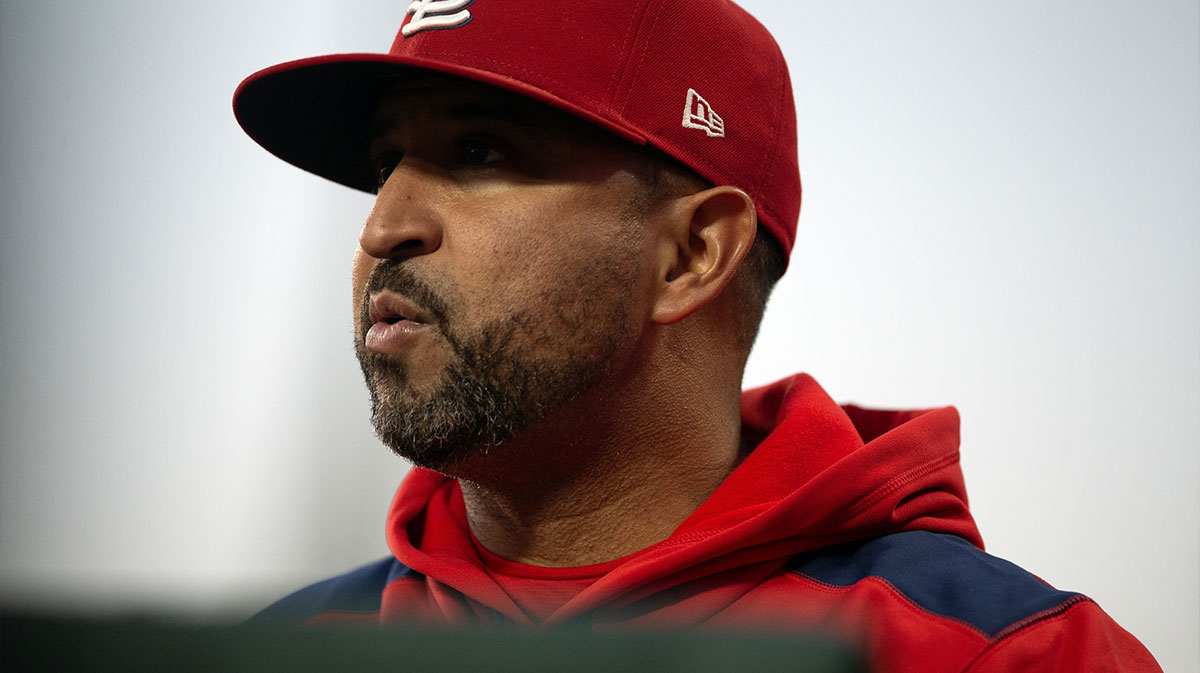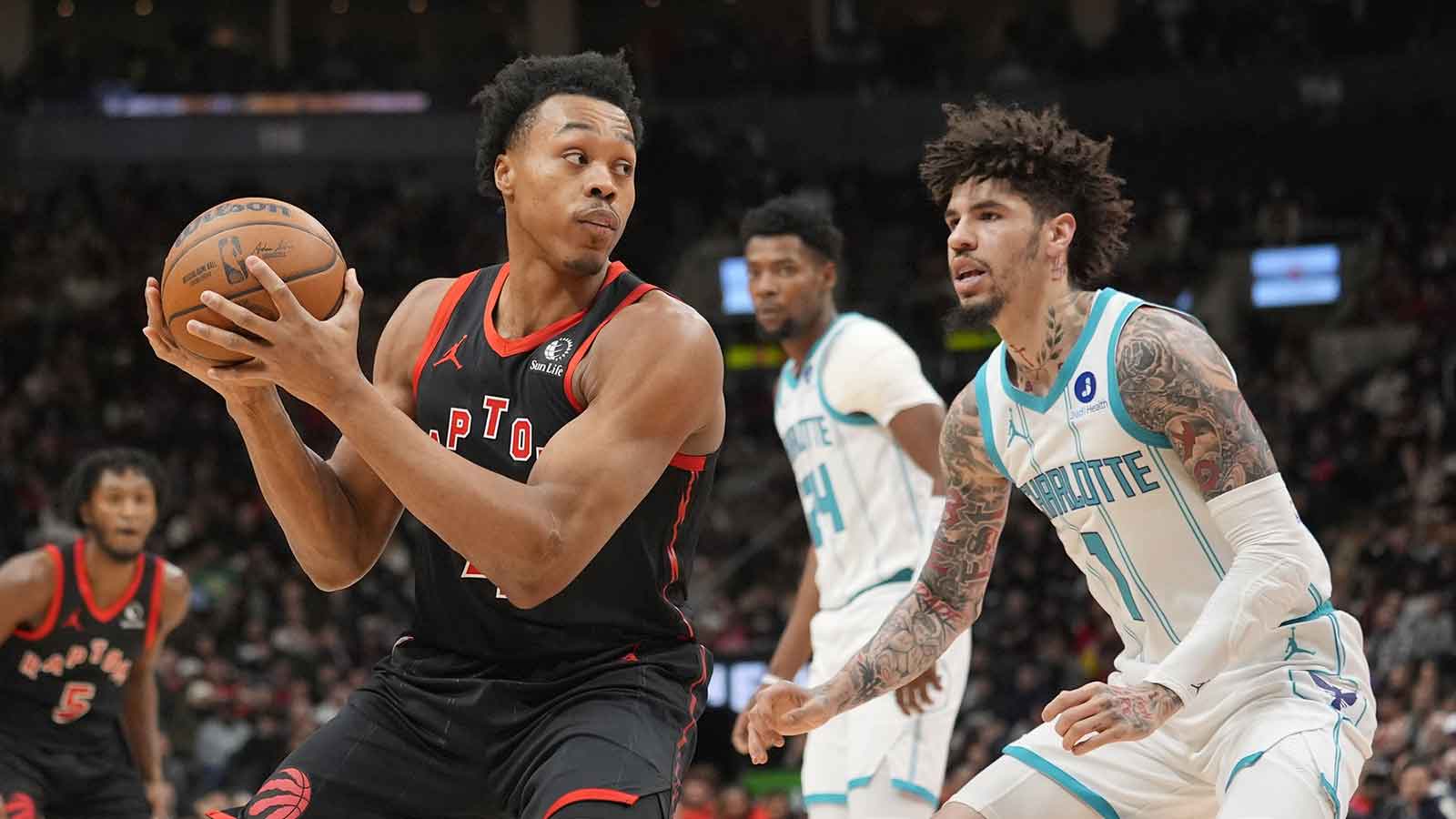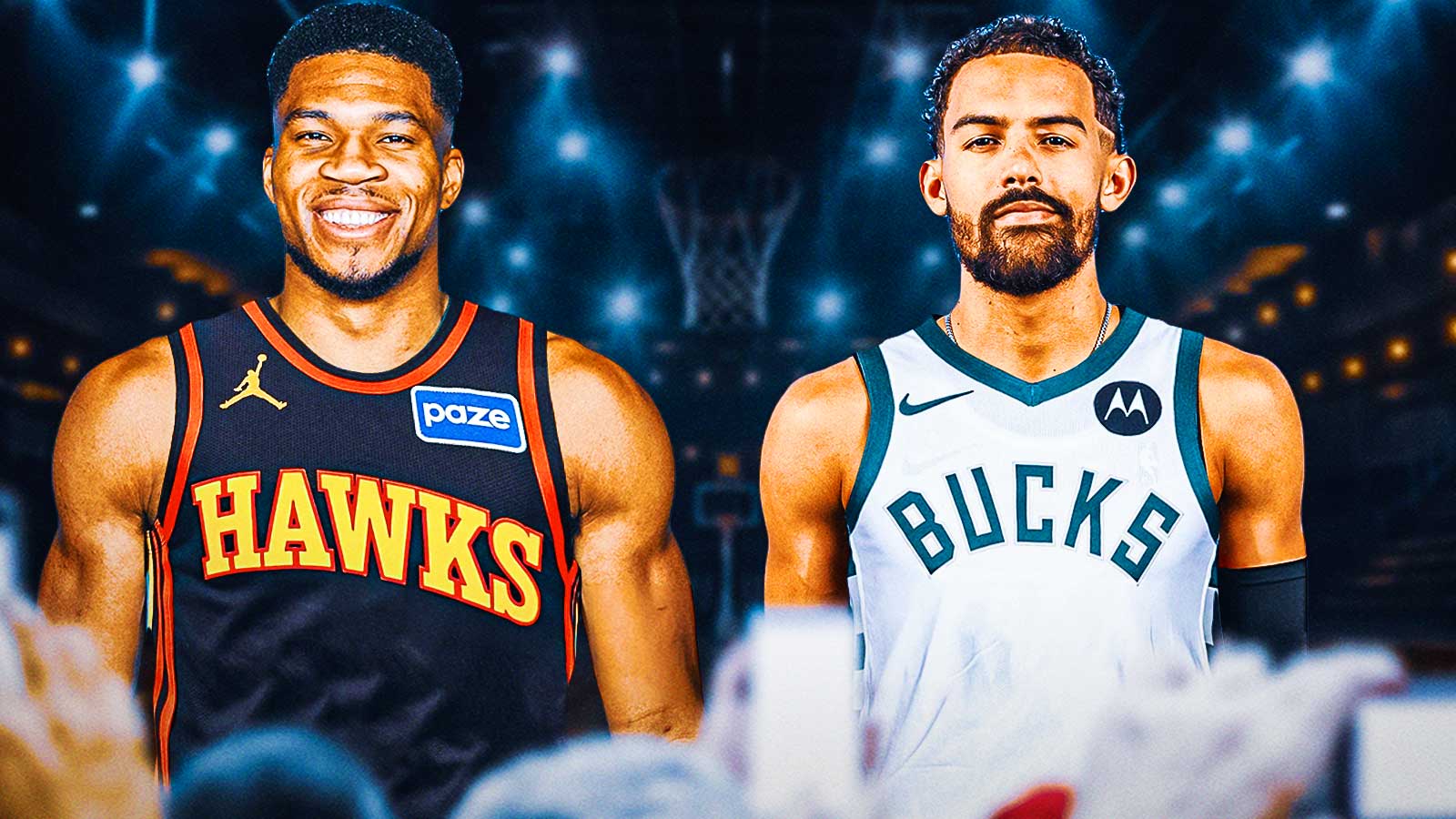The 2025 WNBA season has been a renaissance year for the Minnesota Lynx. Dominating the league all year long and holding onto the No. 1 seed heading into the final stretch of the regular season, the Lynx have established themselves as frontrunners among an elite group of championship contenders. Central to their success has been the exceptional play of Napheesa Collier, whose MVP-caliber campaign was abruptly interrupted by a right ankle sprain sustained earlier this month. With her return before the playoffs uncertain, Minnesota faces a defining challenge. How will they retain their top standing and championship momentum without their franchise cornerstone?
The 2025 WNBA trade deadline has already passed, which means the Lynx must now rely on internal adjustments, coaching decisions, and maybe even additional strategic signings to weather Collier’s absence. The Lynx, riding high at 29 -7 and holding a commanding 5.5‑game lead atop the WNBA standings, must execute a nuanced and multi‑faceted strategy while MVP frontrunner Collier remains sidelined with a right ankle sprain to ensure they remain the dominant force down the stretch and into the playoffs.
Let's explore the smartest, most effective moves Minnesota can make from here onward — on the court, on the bench, and from the sidelines — to maintain their dominance and gear up for a deep playoff run without their star player present.
one team. one purpose. pic.twitter.com/Jn2jY9CDVr
— Minnesota Lynx (@minnesotalynx) August 23, 2025
1. Utilize DiJonai Carrington as a starter
The Lynx recently acquired DiJonai Carrington in a trade with Dallas right before the deadline to bolster perimeter defense and versatility after Collier first went down. Carrington, last season’s Most Improved Player and All‑Defensive First Team honoree, immediately reinforces Minnesota’s top‑tier defensive rating, especially without Collier’s two‑way impact. Her 3‑point shooting remains somewhat of a concern, but her offensive weaknesses have already started to improve, and her valuable strengths are similar to Collier's. The coaching staff can use that skillset to continue filling in the gap the MVP favorite left and keep the team rolling, almost as if nothing has changed.
To optimize her presence, a key move would be elevating Carrington into a starting role at least some of the time. Replacing a less defense‑oriented wing, such as Bridget Carleton, would fortify the perimeter defensively while maintaining offensive integrity through smart spacing and ball movement, which are both present with Carrington on the floor.
2. Make way for the bench to shine
Minnesota's depth has been called out as the team's possible greatest weakness this season, but the second unit's ability to step up in August has been what has kept the team from entering any kind of slump. Behind Carrington, breakout forward Jessica Shepard can continue anchoring the frontcourt off the bench, like she has been since Collier's injury. Meanwhile, Natisha Hiedeman, shooting efficiently from the field and from three during the games without Collier, has become a vital scoring spark and creative offensive asset. The Lynx should potentially expand her role if they want to bounce back from their recent mini two-game skid.
Courtney Williams, the team’s leading scorer in Collier’s absence, should remain a primary offensive initiator in the starting lineup, but the Lynx should carefully manage usage and consider minute reductions to refocus shot creation and offensive consistency, which could lead to using recently signed guard Jaylyn Sherrod and benching rotations more often.
3. Make room for potential new signings
If Collier’s absence extends or there are playoff match‑up concerns, the organization may even explore signing an additional small‑ball forward or backup big for some last-minute, short‑term reinforcement. The Lynx aren't known for “flashy” moves, but this would be a solid decision that would surely help to balance out Collier’s missing production.
The Lynx have already trimmed Yvonne Anderson, who they released on August 9, to bring in Sherrod and brought back Camryn Taylor, who was let go on August 22 and immediately resigned to another seven-day contract. Roster management must align with CBA and waiver timing constraints, but they can still figure out a way to bring in some reinforcements.
In a campaign that has seen hardship contract signees carry teams through the roughest parts of their season, Minnesota might want to take a chance on a more efficient 3‑point shooter or a stronger defensive presence, even if that results in fewer minutes for a starter.
4. Lean on the team's established leadership
From a coaching and tactical perspective, head coach Cheryl Reeve, already honored as WNBA Coach of the Month for July, should continue leaning into the team’s ball‑movement offense and defensive identity. She could augment in‑game flexibility with mini‑lineup adjustments, like the ones mentioned earlier, in high‑pressure segments to neutralize opposing scorers and preserve pace while taking advantage of mismatches.
If Collier does return late in the regular season as anticipated, Reeve would then have to carefully reintegrate her without disrupting team rhythm. Keeping track of her minutes while delegating clear roles and emphasizing effective team communication will safeguard the Lynx's chemistry while preparing them long‑term for the playoffs.
Bonus: Keep their eyes on the prize
This current Lynx team is the last to have any behind-the-scenes rumors come up about them, unlike squads such as the Seattle Storm, and that's likely one of many huge reasons for their success. Keeping the locker room focused is essential. With a leader like Collier having such an uncertain return timeline, leadership from other areas has to step up to remind the team that they’re not just riding her success.
Strong and mostly consistent performances from Williams, Kayla McBride, Shepard, Hiedeman, Carleton, Alana Smith, and Carrington emphasize collective identity and contribution over individual accolades, which will only preserve morale and maximize the team's performance.
The Lynx’s best possible post‑deadline moves involve maintaining a Carrington‑inclusive starting lineup for defensive balance, leaning on Shepard, Hiedeman, and other breakout bench sensations for frontcourt and scoring depth, carefully managing usage of Williams and McBride to maintain health and consistency, considering short‑term signings, reintegrating Collier carefully when healthy, and reinforcing identity through coaching and leadership.
These strategic adjustments will result in roster flexibility, playoff‑grade defense, and cohesive rotations, providing the best path for Minnesota to remain atop the standings and stay championship‑bound despite Collier’s injury absence.
While losing Collier for any stretch of time is a serious blow to Minnesota’s title hopes, the Lynx have built their 2025 WNBA season on more than just one player. Taking full advantage of their roster depth, balance of youth and experience, and sharp and experienced coaching from Reeve has set them up for resilience.
By tweaking the rotation, trusting emerging contributors like Carrington, maintaining lineup adaptability, and making clever use of potential hardship signings, Minnesota can finish strong and enter the postseason with confidence — with or without their MVP. Collier should return at full strength in time for the playoffs since the team is being extra careful with her recovery, meaning these interim strategies will go from just being survival tactics to becoming competitive advantages. In the overall arc of WNBA history, what the Lynx are doing in 2025 could be remembered as a case study about how a deep, well-managed team can overcome adversity and still contend for a title.


